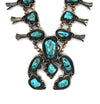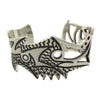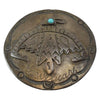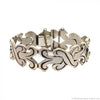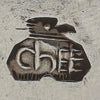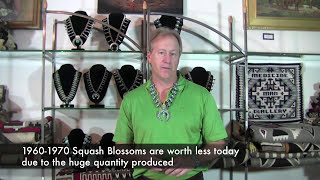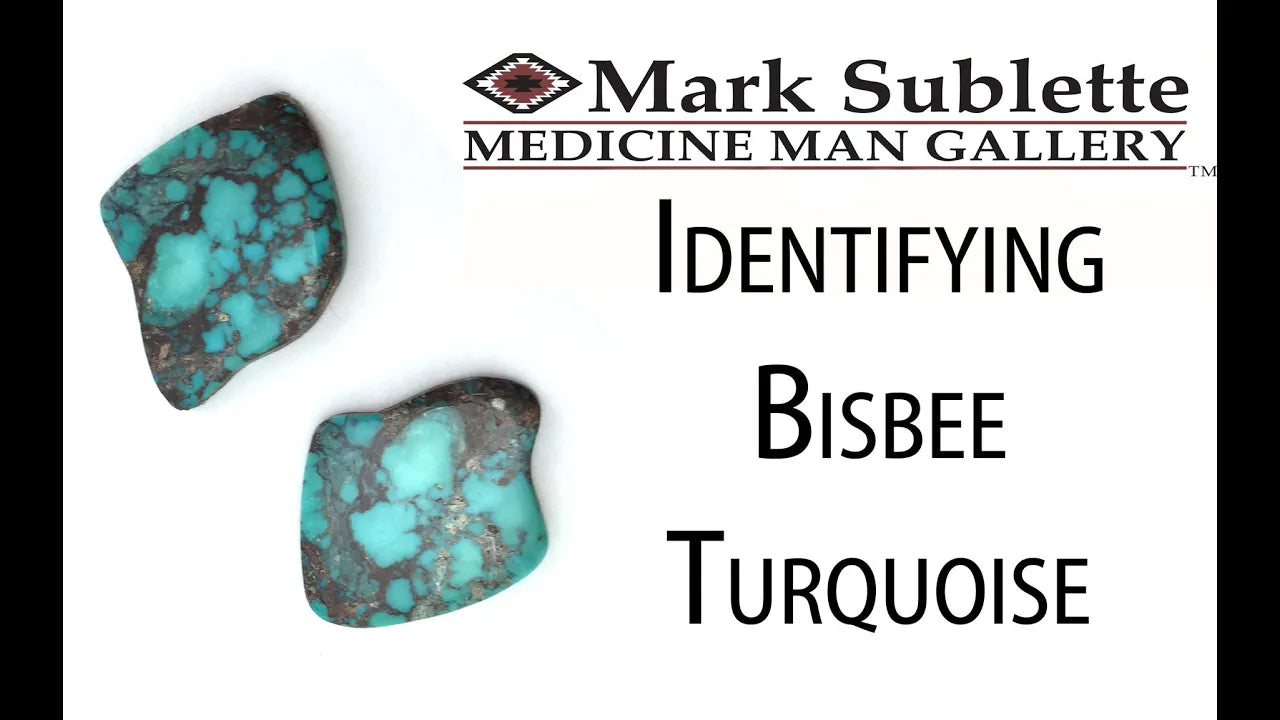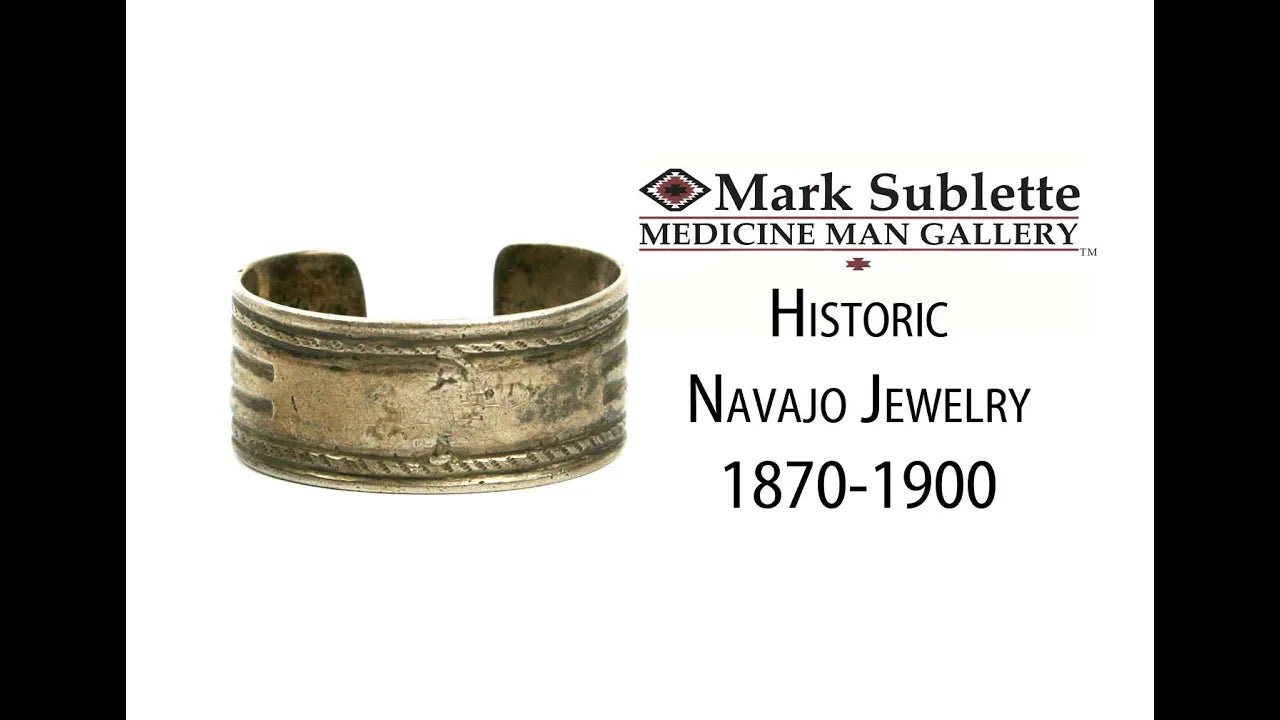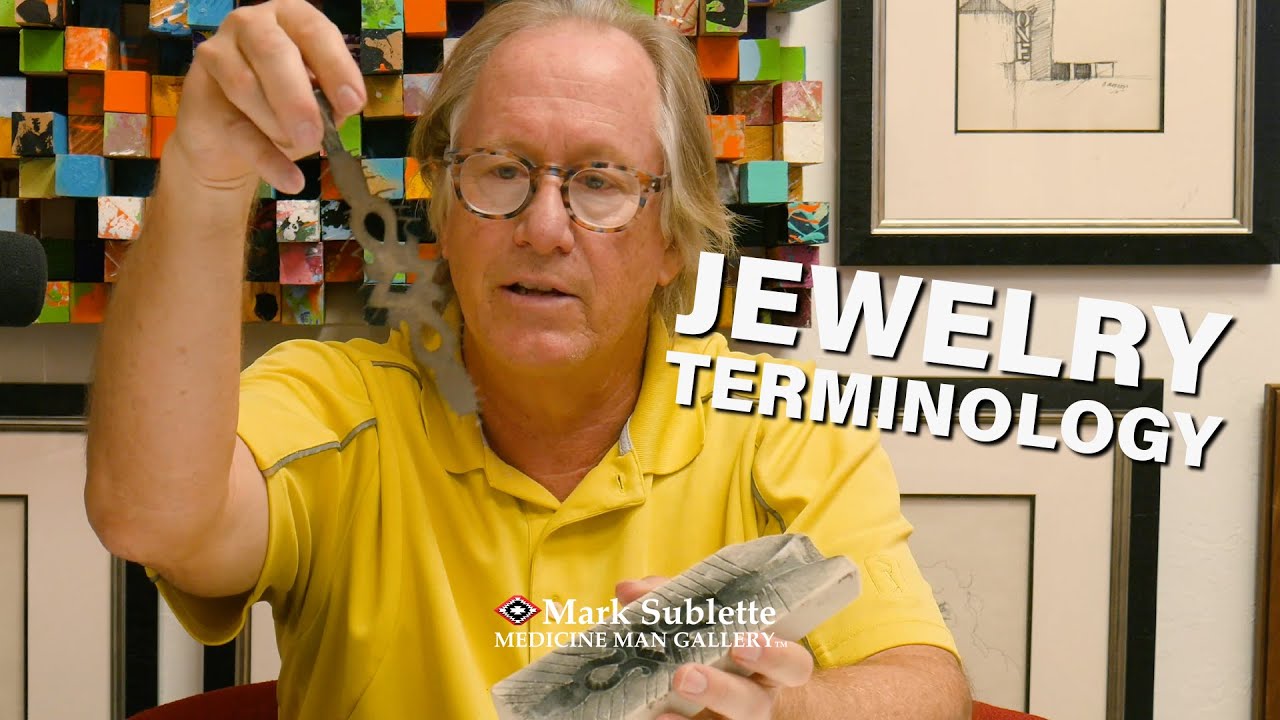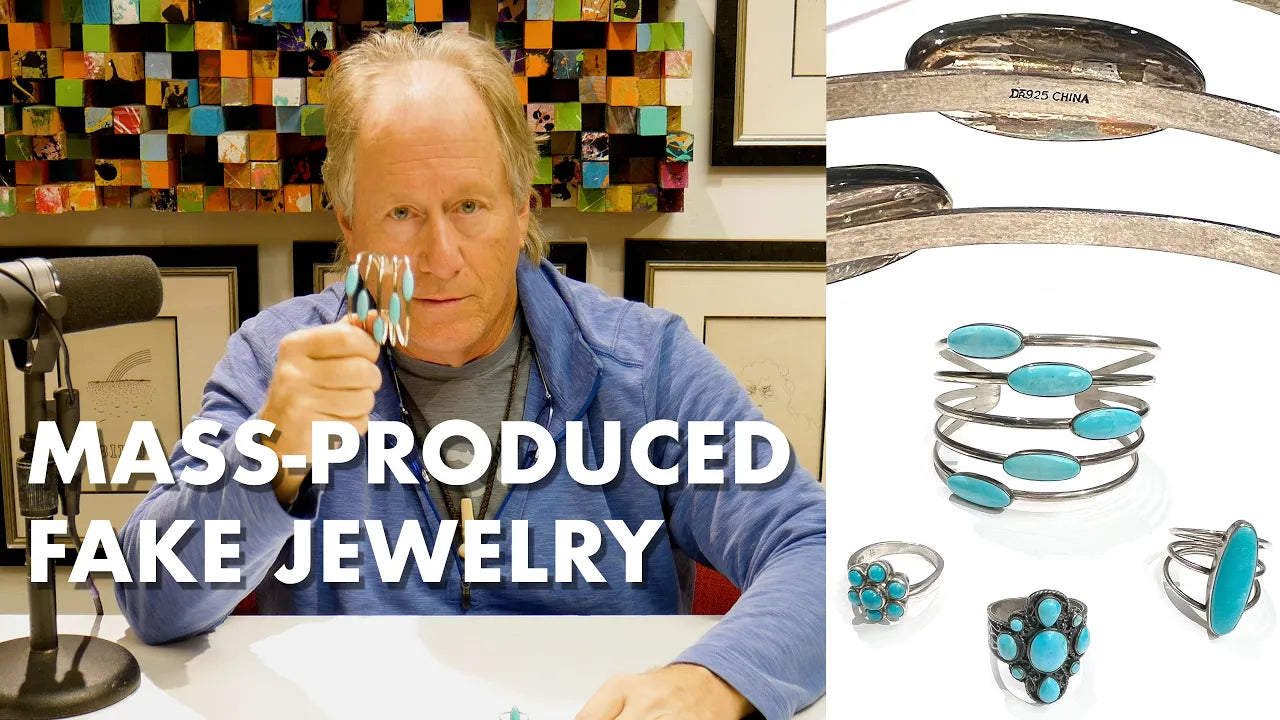Native American Turquoise Jewelry
Authentic Navajo, Zuni, Hopi, and Santo Domingo Pueblo old pawn and contemporary Southwest Jewelry
Silver jewelry is one of the most recognizable forms of Native American art in the world. American Indians have worn shells and stones as adornments since prehistoric times but did not begin incorporating silver until the Navajo learned the craft of smithing from Hispanic blacksmiths in the mid-1800s. Navajo and Zuni jewelry makers have traditionally been the most prolific jewelry artisans, with the Navajo known for exquisite ingot silver work ornamented with turquoise and the Zuni for creating intricate turquoise work with silver used only as a vehicle for the stones. Medicine Man Gallery has one of the largest collections of antique and vintage American Indian jewelry in the country as well as excellent examples of contemporary Native American jewelry and antique Mexican silver jewelry for the discerning collector. Old Pawn jewelry is our specialty. We purchase our old pawn from estates, and private collections. We also feature contemporary Native American pieces directly from the artists; click to see our comprehensive encyclopedia of jewelry artists: Native American jewelry hallmarks.
Watch & Learn
What gives turquoise its unique color and value?
Turquoise is a precipitant, a rock that forms from water passing through mineral rich earth where it becomes concentrated. Copper is what gives turquoise its blue color. The presence of iron and zinc makes it more green. Every mine has a unique look and color which is one reason being able to identify which mine a turquoise stone comes from is very important in determining the stone and the jewelry’s value. While other gemstones like diamonds are most valued for their purity, it’s the impurities in the cracks known as the “matrix” in the stone that gives it its unique character and value.
Bisbee turquoise can range from a very light blue all the way through to dark blue with a chocolate colored chert matrix that's what really brings it alive. Kingman is famous for its fine spider web matrix. Lander Blue is the most valuable turquoise today that has an amazing looking very dark deep blue color with lots of matrix. Other important mines are Number 8, Sleeping Beauty, Royston, Morenci that are important to be able to identify to know the authenticity and true value of the turquoise stone.
What is "genuine natural turquoise" and why is it more valuable?
Most of the early miners in the Southwest weren’t looking for turquoise. They were looking for gold, silver, copper and iron. Turquoise often ended up in the discarded tailings of these other mining attempts.
Once turquoise became more valuable much of the hard gem-quality stones that could be made into jewelry were becoming scarce by the early 1970s. A process called “stabilization” came into widespread practice where softer, chalkier turquoise was soaked in plastic to strengthen it and make it hard enough to be made into jewelry.
Genuine natural turquoise that can be authenticated as having been mined before the early 1970s - and so has not been stabilized or soaked in plastic - is far more valuable because most of the world’s most significant turquoise mines after that time have been depleted.
What is old pawn jewelry?
Jewelry was a type of portable wealth for many Native Americans. Authorized traders and pawn shops acquired turquoise jewelry when it was used as collateral on loans that were not repaid after a specified amount of time.
Old pawn jewelry is not only valuable for its antique style and look, but because these are the older pieces that helps assure the turquoise stone was probably mined before the 1970s and so is genuine natural turquoise that has not been stabilized. “Ingot” jewelry is old pawn jewelry where the silver used to make the piece is from melted down silver dollars or silver pesos often found in concho belts, bracelets and belt buckles. Click to see the Medicine Man Gallery old pawn collection.
How can I tell if turquoise jewelry is genuine "natural turquoise" or "stabilized" when buying online?
Technical ways to determine if a piece of jewelry is genuine natural turquoise is to remove it from the bezel and put a jeweler’s grinding tool on the bottom of the stone and see if you can detect the smell of burning plastic. Another test is to tap it with your fingernail and see if it sounds like plastic or stone. Still another test is to look at the stone under a magnifying glass or loop and see if you can see what looks like a honey-colored tinge piling up in the cracks or matrix of the stone that is the plastic.
These methods are beyond the capability of most people evaluating jewelry who do not have physical possession of the piece – as when you are buying jewelry for sale online.
When buying online, the most important factor is to purchase from a reputable dealer of antique Native American jewelry. The seasoned professional can look at the total picture – the stone, the matrix, the texture, the style of jewelry, the wear - and comparing that with thousands of pieces they’ve held in their hands before in order to make an assessment.
J. Mark Sublette, owner of Medicine Man Gallery, has thirty years of experience dealing in Native American Jewelry fully guarantees the authenticity of every piece of jewelry we sell. Medicine Man Gallery is a member of the Antique Tribal Art Dealers Association which promotes the highest standards of authenticity and integrity.
Where can I get turquoise jewelry evaluated and sold?
Medicine Man Gallery is always purchasing single pieces or entire collections. Highest prices paid. Interested in selling your Native American jewelry? Click here for a free jewelry evaluation or call us at 1.800.422.9382 or 520.722.7798
How are the words antique, old, vintage and contemporary used to describe Native American jewelry?
Antique generally refers to objects 100 years old, but in the Native American jewelry world there are grey areas when it comes to dating as the industry doesn’t have any specific standards. Most old pawn refers to jewelry that is 1940-50’s and older; in reality any piece that actually has a pawn ticket from the surrounding Navajo and Hopi reservation could be pawn even if it dates anywhere from the 1960-70. We consider vintage Native American jewelry to be from 1940 and before, antique would follow similar guidelines, but on the early spectrum. Contemporary is 1960 to present.
